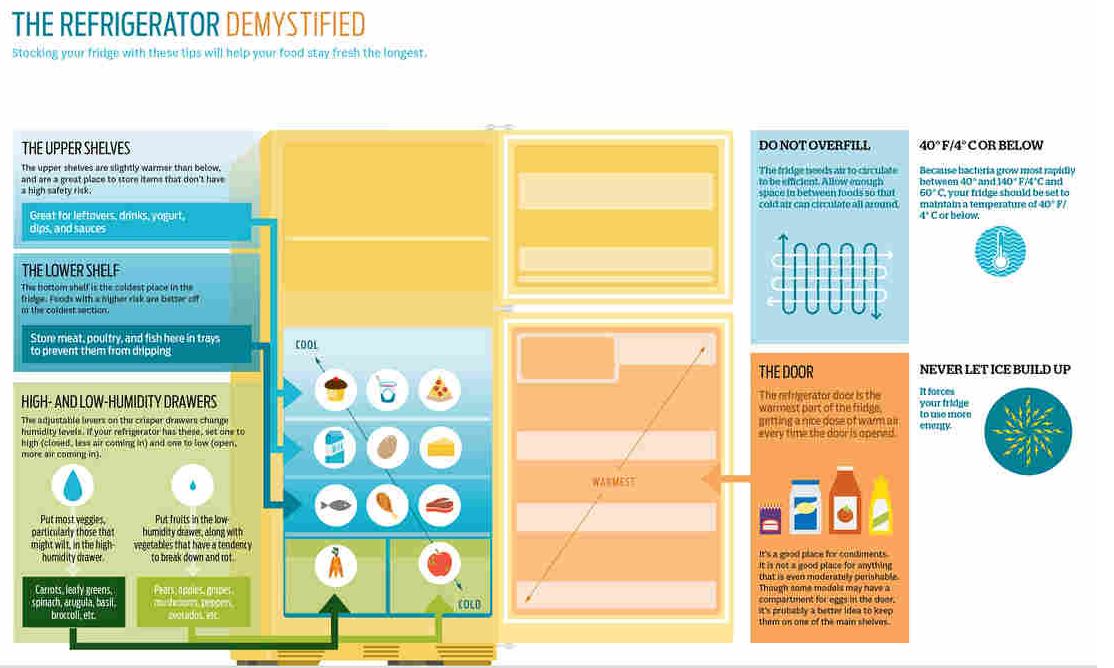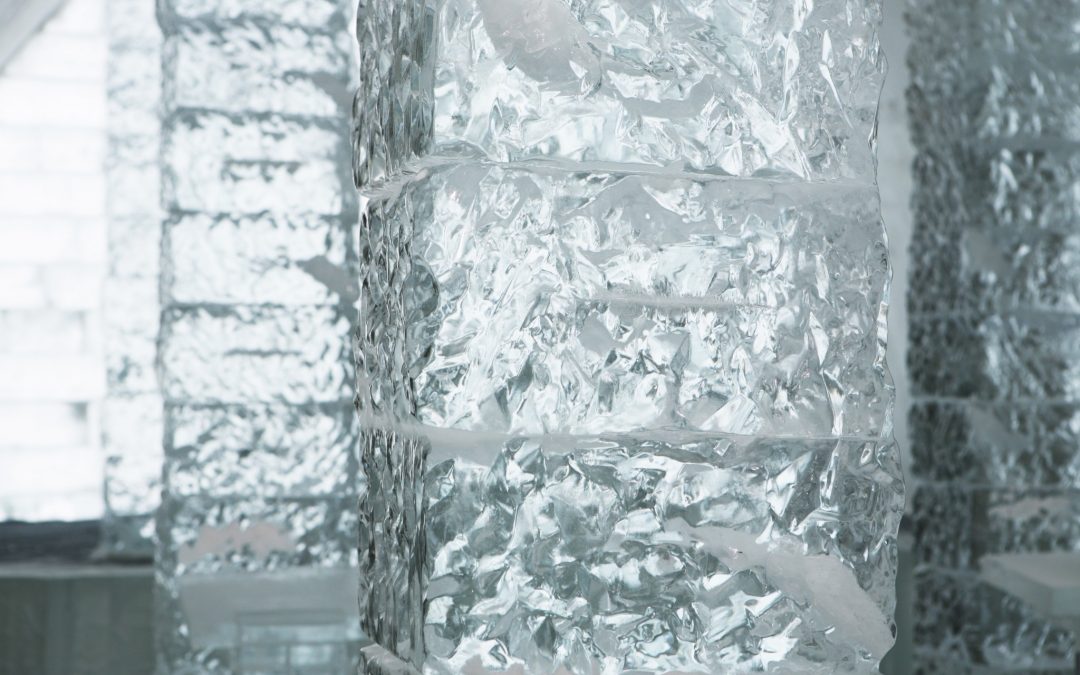The statistics on food waste in the United States are staggering.
According to the United Nations Environment Program, “in the USA, 30-40% of the food supply is wasted – equaling more than 20 pounds of food per person per month.“ (emphasis added)

This a problem for many reasons. Food waste raises red flags in all three arms of sustainability. Food waste is detrimental to our planet. Wasting food means not only wasting all of the energy and nutrients put into the production of the food, but also food rotting in landfills generates massive amounts of methane, a potent GHG. Food waste is also a social problem, as it signifies a mismanagement of national and global food resources, even as some people do not get enough to eat. Even here in NW Arkansas we continue to waste 40% of our food while 1 in 4 of us are considered food insecure. Food waste is an economic problem as well—with an estimated price tag of $1.61 billion lost every year in the USA alone.
Simply put, food waste is a huge problem that involves every one of us. Luckily, each of us is already equipped to take the first steps in fighting this menace. You see, in almost every one of our homes there is a magic box whose whole purpose is to eliminate this pointless waste.
Enter the humble refrigerator.
Refrigerators have been a must for every “modern American home” since their commercialization in the 1920’s. The reason isn’t hard to understand. Food left out at room temperature has the nasty habit of going bad—refrigerators prevent that. Yet there is more to using these magic cold-boxes than just putting food in them.
Check out these 3 tips on how to maximize the food preservation potential of your fridge, and start reducing your food waste today.
1. Organize, organize
Most of us keep the contents of our refrigerators somewhere on the scale of “cluttered” to “post-tornado”. But having a well organized fridge is beneficial for many reasons. For one, much of our food goes bad simply because we forget what we have. Additionally, since refrigerators are actually colder at the bottom than the top, different foods should be stored in different locations within the box. Organizing your fridge where foods are put in the optimal location will not only help them keep fresh longer, but will make it easier to see what you have. Check out this helpful diagram that makes organizing easy.

Optimal use of fridge space – from Dana Gunders’ “Waste Free Kitchen Handbook”
2. Become a fan of your crisper
You may have noticed that your fridge has a bin at the bottom, separate from the rest of the shelf space. While you may just see it as a handy place to hide your favorite snacks from your roommate, the bin – called a crisper – has much greater potential. The crisper is designed to create a space with a different level of humidity than the rest of the fridge . This makes it the ideal location to store veggies and fruits that best keep fresh under different circumstances than most foods. The humidity is usually controlled by a dial of sliding lever within the crisper itself. High humidity settings are best for most vegetables as the humidity helps keep them from wilting. Low humidity settings are perfect for fruits and some vegetables like peppers. I have two crisper drawers and keep one on high and one on low. For a comprehensive list of what to put in which drawer, click here.

3. Label Leftovers
One of the easiest ways to prevent food waste is to save your leftovers from meals. Most of us know that already. Unfortunately, instead of getting eaten these leftovers often get forgotten at the back of the fridge until weeks later when they more resemble a biology experiment than food. In effect, these leftovers are still getting tossed, and no food waste is actually prevented. One easy way to prevent this is to make a “Eat Soon” spot in your fridge, perhaps on the top shelf. Keeping leftovers and food close to spoiling in one visible location helps you remember to eat them when you poke your head in to find a meal. My “Eat Soon” shelf helps me make sure to eat older food before I cook anything new. This step, maybe more than anything else, has helped me cut down on my personal food waste.
We all feel frustrated when we wind up throwing out food that unexpectedly went bad in the fridge. Following these tips will help you use your refrigerator more efficiently, reduce your personal food waste, and save money by not buying food that won’t get eaten.
Want to join a community dedicated to eliminating food waste? Click here
Want to watch some TED talks of food waste (and dumpster diving)? Click here
Want to learn some more tips for preventing food waste? Click here
